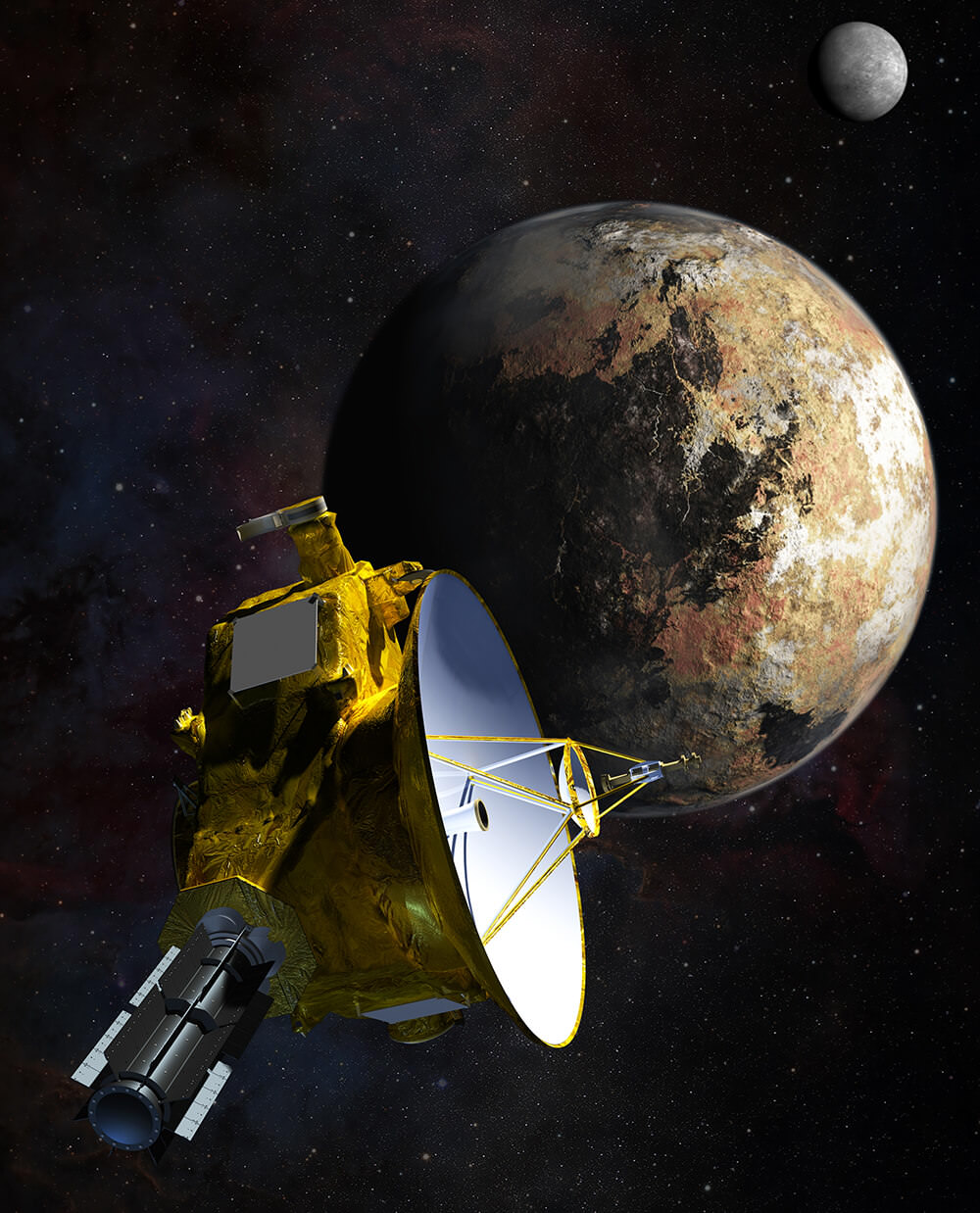Now is the best time to observe Mars in 2025.

January has an amazing parade of evening planets, well worth braving the cold for. We have brilliant Venus, high to the west after sunset, reaching greatest elongation on January 10th. Fainter Saturn sits just above Venus as the two meet on January 19th. Meanwhile, Jupiter dominates the eastern sky, fresh off of opposition in December. But stay awake just a bit longer after dusk, and you can see Mars rising in the east.
As a special treat, observers in most of North America will also see the nearly Full Moon pass in front of Mars Monday night.
Continue reading “The Moon Occults Mars for North America Monday Night, Just Before Opposition 2025”








